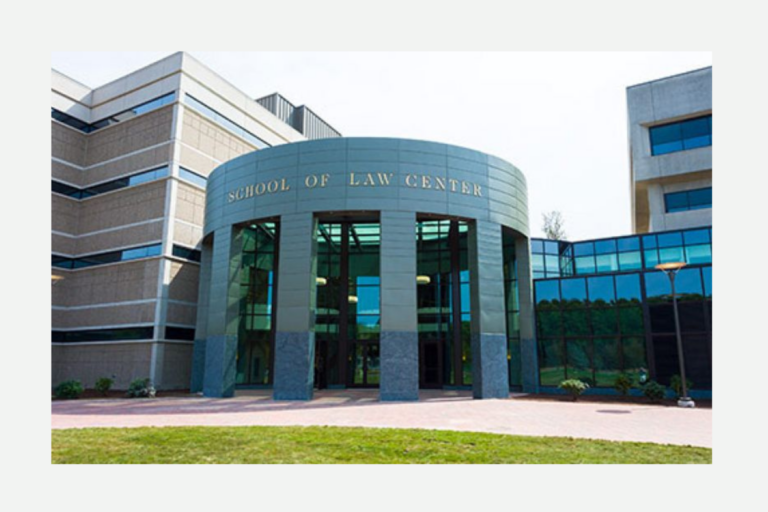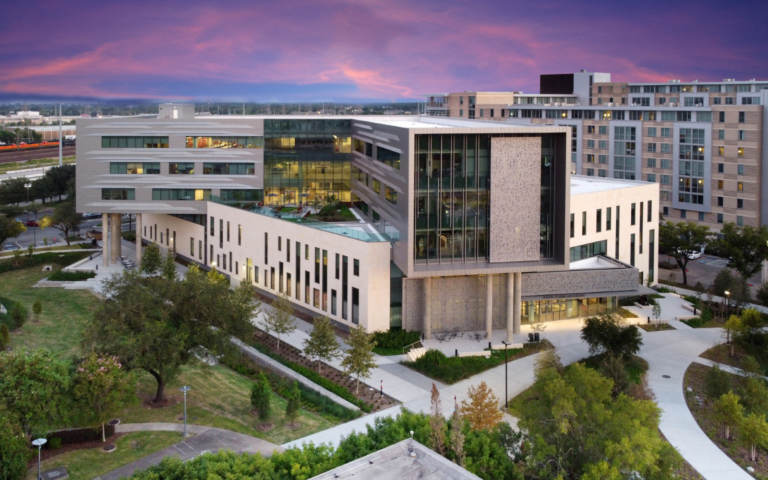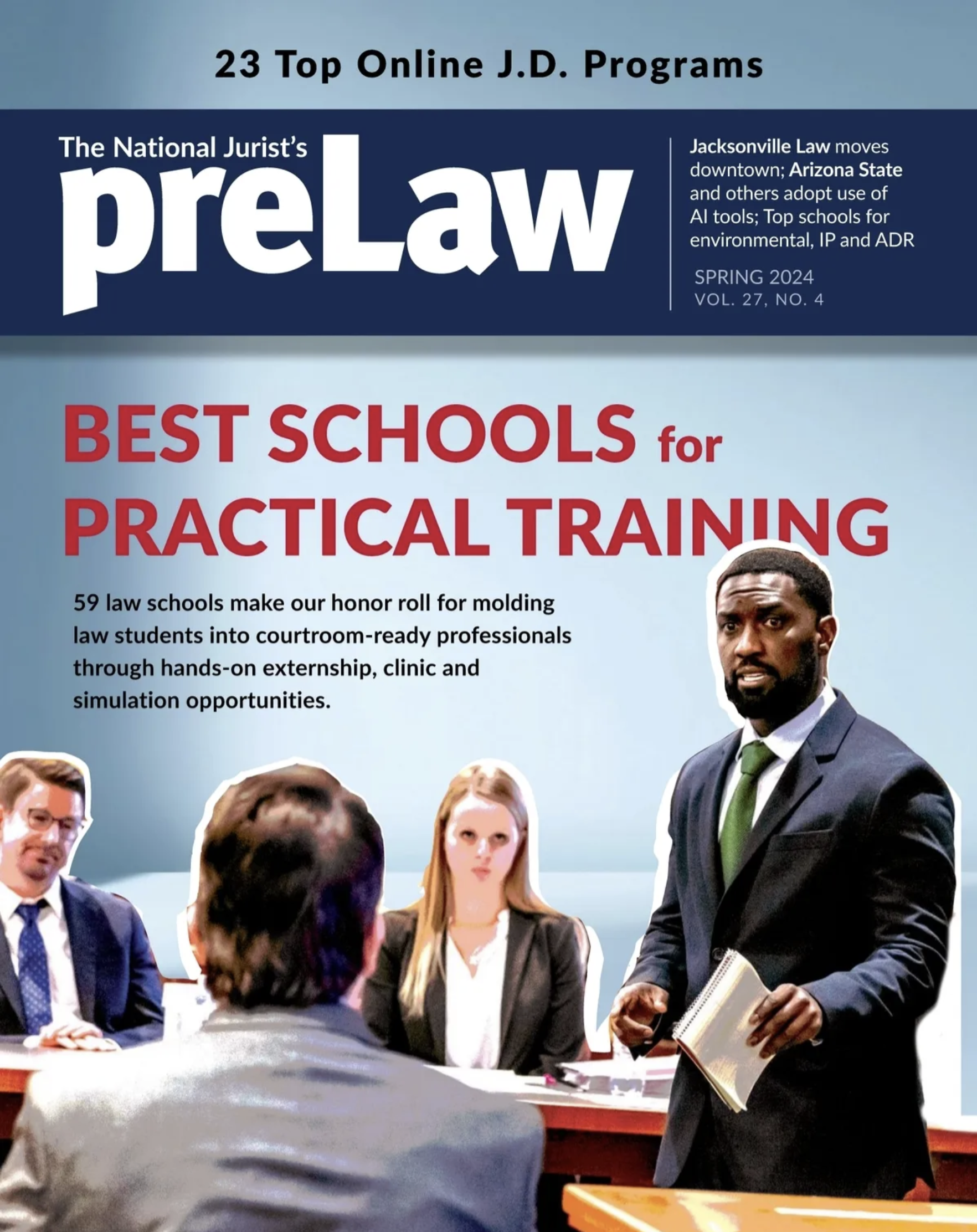A New York law firm, which has already sued two law schools this summer for allegedly inflating post-grad hiring numbers, announced plans on Oct. 5 to sue 15 more.
The lawsuits are an attempt to expose a “dirty industry secret” that law schools have kept quiet, claims Jesse Strauss, partner with Strauss PLLC.
“It hasn’t been going on for the past few years since the recession,” he said. “This problem has been going on for a very long time.”
Thousands of new lawyers are facing minimal job prospects each year, he explains, but law schools are instead advertising skewed figures that appear to make the job market for lawyers sound more appealing than it really is.
Strauss needs at least three disgruntled alumni from a school to step forward before a lawsuit is filed, admitting that the announcement Oct. 5 is an attempt to find potential plaintiffs.
“We are ready, willing and able to sue these schools, he said. “By the end of 2012, almost every school in the nation will be sued, if not represented by us or other law firms.”
In the late summer, Strauss filed suits against two of the nation’s biggest schools – Thomas M. Cooley Law School in Lansing, Mich. And New York Law School in Manhattan. The lawsuits seek $250 million from Cooley and $200 million from NYLS in tuition refunds as well as other damages and reformed methods of reporting their graduates’ employment numbers.
The lawsuits allege that the schools deliberately fudge their employment statistics to make it seem like all of the jobs are in the legal field. They also allege that the reported amount for average starting salaries is inflated since it is derived from a narrow pool of graduates.
Many of the 15 law schools now targeted for similar lawsuits are concentrated in large metro areas saturated with lawyers, like Chicago, New York City and Philadelphia.
Though no suits have been filed yet, at least one school on the hit list — Widener University School of Law — has stepped forward to voice their innocence.
“Widener Law stands by its employment statistics and has provided the American Bar Association, our accrediting body, with truthful and accurate post-graduate employment data,” said Mary Allen, spokeswoman for the law school that maintains campuses in Harrisburg, Pa. and Wilmington, Del.
Inflated statistics not only mislead students but also the U.S. News and World Report, which uses the data for its annual ranking of law schools.
The lawsuits’ goal, in addition to compensating plaintiffs, is to do away with the days of self-reported placement data, said David Anziska, another New York attorney behind the lawsuits.
“The incentive to cheat is too great,” he said. “Like a public company that has to have their books audited, all law schools must be forced to have their employment data independently audited and verified.”
Law School Transparency, a Tennessee-based nonprofit that was founded by law students, says it will monitor the lawsuits’ progress but will not be directly involved in litigating claims.
“Consumers of the legal industry need more protections,” said Kyle McEntee, executive director, who was part of the law firm’s press meeting. “It’s important for recent graduates that law schools become more accountable.”
Even politicians have gotten involved in the matter. U.S. Senator Barbara Boxer recently sent a third letter to the American Bar Association, criticizing their decision not to require law schools to disclose their legal employment rates for the Class of 2010.
“In a year when a number of lawsuits alleging consumer protection law violations have been filed against ABA law schools … it is surprising that the ABA is resorting to half measures instead of tackling a major problem head on,” said Boxer.
The law schools on the list are:
1) Albany Law School, which reports rates of between 91% and 97%;
2) Brooklyn Law School, which reports rates of between 91% and 98%;
3) Hofstra Law School, which reports rates of between 94% and 97%;
4) Pace University School of Law, which reports rates of between 90% and 95%;
5) St. John’s University School of Law, which reports rates of between 88% and 96%;
6) Villanova University School of Law, which reports rates of between 93% and 98%;
7) Widener University School of Law, which reports rates of between 90% and 96%;
8) University of Baltimore School of Law, which reports rates of between 93% and 95%;
9) Florida Coastal School of Law, which reports rates of between 80% and 95%;
10) Chicago-Kent College of Law, which reports rates of between 90% and 97%
11) DePaul University School of Law, which reports rates of between 93% and 98%
12) John Marshall School of Law (Chicago), which reports rates of between 90% and 100%
13) California Western School of Law, which reports rates of between 90% and 93%;
14) Southwestern Law School, which reports rates of between 97% and 98%;
15) University of San Francisco School of Law, which reports rates of between 90% and 95% percent





